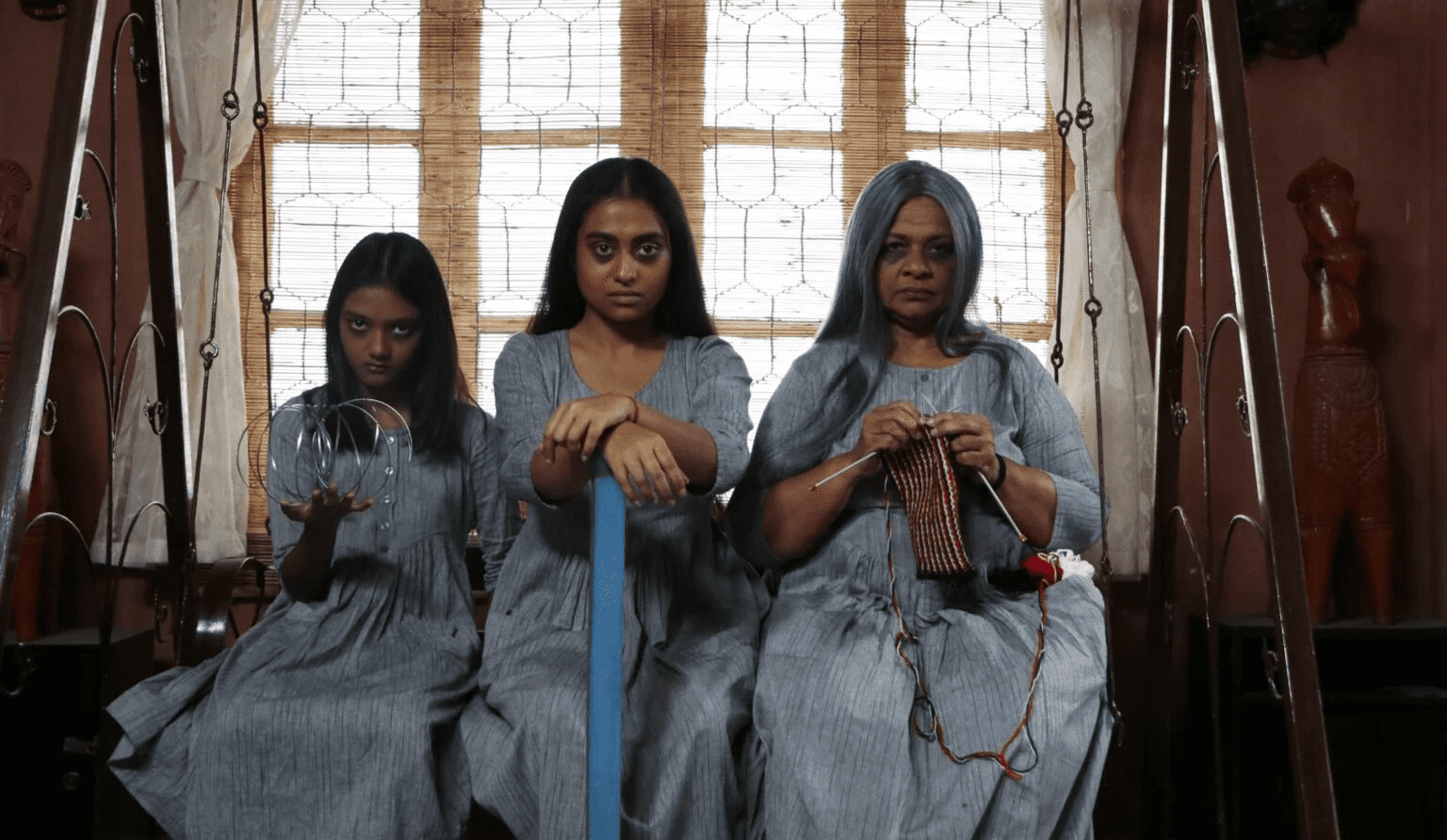”Tortoise Under The Earth”, the debut feature of Indian director Shishir Jha, is an intriguing hybrid between an engaged environmental documentary and fiction. It takes the issues connected with uranium mining in Jharkhand as the main subject, but the movie doesn't present the problem in a report-like manner, with talking heads of experts, off-screen explanations and diagrams, numbers, and other hard data. But it doesn't involve a conventional narration as well. The real-life people pose as fictionalized versions of themselves, they converse or do chores or sing. Some elements are staged and “acted”. But some, like village rituals or a folklore festival, were registered with the camera exactly as they have happened.

The film seems more like an essay, a contemplative journey exploring the relationship between people and nature, signaling the exploitation of the weak by those in power, and the harsh costs of development. It starts with an image of a banyan tree and the tale of the village folk of its presumed magical powers. But the plant is not haunted and the vengeful ghosts are not the reason behind some sudden deaths or mysterious maladies. The uranium deposits are.
This simple opening is a good way to bring forward a problem. In the 80s, uranium was discovered in rural areas of Jharkhand. Uranium contamination explained plenty of “supernatural” happenings, such as reoccurring births of deformed children or people suffering from repeating symptoms of diseases in Jadugoda, in East Singhbhum district. Unfortunately, the naming of the true nature of the problem and its understanding in the terms of science didn't end the plight of the villagers. The powerful companies came to exploit the resources, which entailed the exploitation of the locals. Many of them were dislocated and forced to leave their homes and the land they inhabited for generations. Those who stayed weren't – and aren't – protected enough. Turamdih, the current tailing pond (the place where uranium waste is disposed of), is located at a close distance from Talsa village. Whenever torrential rain happens, the risk of overflowing of toxic waste is extremely huge.
In Jha's movie, guided by a calm, observant gaze of the camera, we follow the life of villagers from Santhal, the largest tribe in the state. Like many of the Adivasi, the tribal ethnical groups from India, they are powerless against the system marginalization and oppression. The central characters are the couple, impersonated by Jagarnath Baskey and Mugli Baskey, whose adult daughter disappeared. Through their eyes and discussions we connect with Santhals' beliefs and their deep connection to earth and nature. We learn about the beautiful creation myth (explaining the poetic title of the movie), which is told through the images of traditional art. We learn the Santhals' songs and their customs. And the realization of the horror lurking beneath the surface of their casual rural life is devastating. The slow, unhurried pace of static frames allows us to reflect on the price of development and the future of people forced to abandon everything they know and love. Will their future be as gloomy as the future of the land they leave?
The story of Jagarnath and Mugli's daughter, which is just briefly mentioned, seems a metaphor for a priceless lost possession. Like a devastated earth, which can no longer be a turtle's shelter.















